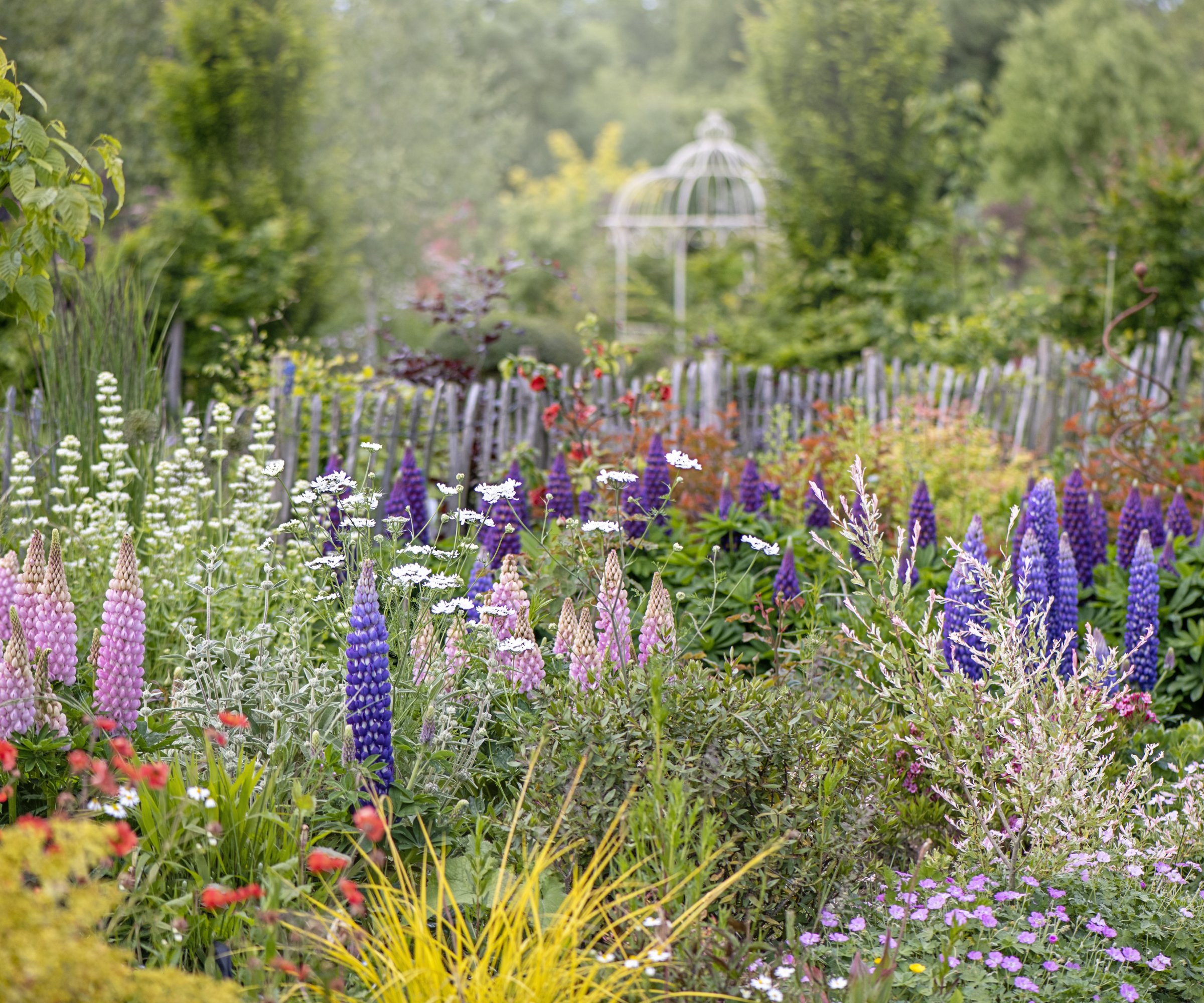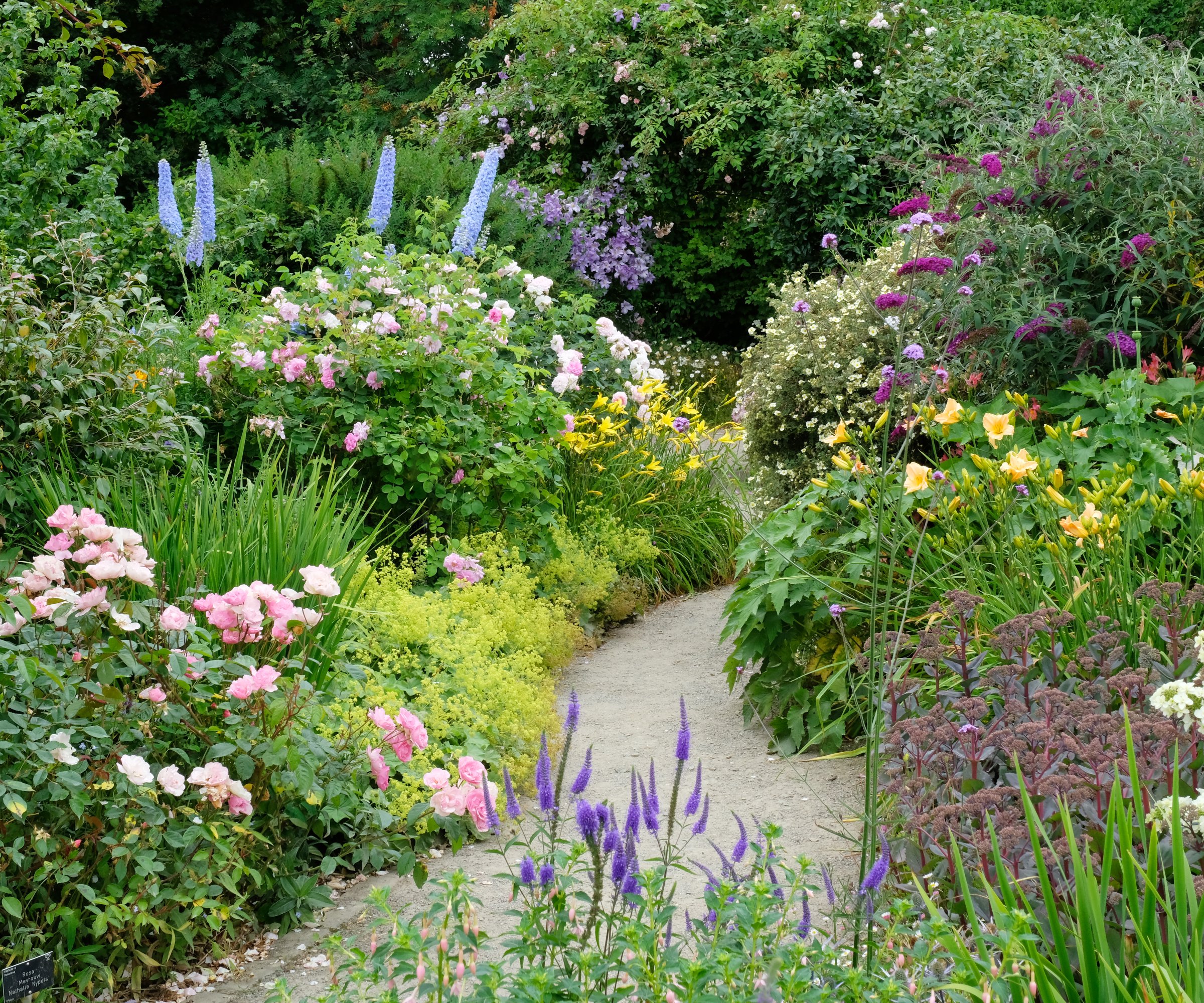How To Keep Mature Landscaping Looking Its Best – Expert Tips For Established Gardens
Does your property have mature landscaping and a garden that's come of age? Learn some tip for keeping it looking its best.


Many people prefer a blank slate when it comes to gardening. It’s easier to design what you want and to control which plants you grow. On the other hand, inheriting a mature garden can be a uniquely rewarding challenge. You may have to work with what’s there, but it’s possible to tame and reshape an older - even overgrown - garden into your dream landscape.
What Is A Mature Garden?

There is no strict definition for a mature garden. Generally, this refers to a garden that has been in place for years. The plants have reached maturity and have filled the spaces they occupy. A mature garden may be overgrown, or it may be well maintained.
Most gardeners never stop working on their outdoor spaces, but gardens reach maturity in spite of ongoing efforts. It definitely takes years for a garden to be considered mature.
How To Care For A Mature Garden
There are unique challenges associated with maintaining a mature garden. This is especially true if you inherit a garden that is overgrown and needs a lot of work to get it into shape. Once you have a garden you like, it still requires ongoing care and maintenance. Here are some mature garden ideas for restoring or maintaining an older outdoor space.
Wait, Watch, And Work With It

If you've inherited an overgrown garden, don’t be too hasty to make changes. Unless there are some obvious issues to be fixed, like an out-of-control vine or tree that needs trimming, give it a year. Let the garden grow and observe it. See what you have, what works, and what doesn’t before making big changes.
Once you’ve seen every part of the garden in every season, you can plant. It’s easiest and most cost-effective to work with what you have. Trim back overgrown shrubs. Refresh existing beds with a few new perennials and annuals. Use the hardscaping elements already in place and design around them.
Weed Regularly
Once a garden is mature and plants are healthy, one of the most time-consuming maintenance tasks is weeding. Avoid using herbicides that could harm your other plants. Instead, spend time digging weeds out by hand.
Gardening tips, videos, info and more delivered right to your inbox!
Sign up for the Gardening Know How newsletter today and receive a free copy of our e-book "How to Grow Delicious Tomatoes".
Weeding is a difficult task, but not a thankless one. Weeds take nutrients and water away from garden plants. They can also encourage disease in plants. Being completely weed-free isn’t realistic, but you should be able to minimize them significantly. Your plants will thank you.
Refresh Soil In Older Beds
Yes, soil gets old, so it’s a good idea to replenish it every once in a while. Mature garden plants take nutrients out of the soil. It also becomes compacted over time. Working gently around the plants, loosen the soil with a garden fork. Dig in by hand to remove debris like rocks.
Once you’ve loosened the soil, add a layer of compost and gently mix it in. At this time, you can also add any other amendments your soil needs, including worm castings, bone meal, or a specific fertilizer. Be very careful during this entire process to avoid damaging the roots of plants.
Take Care Of Perennials

Perennial beds can give you years - even decades - of beauty if you treat them right. Know the needs of each of the perennials you have and make sure they are met. If some plants are not getting the right amount of sunlight, consider transplanting them to another area.
Lift and divide your perennials every three to four years for most types. This keeps them healthy and thriving. Use fertilizer sparingly, which most perennials don’t need. It’s better to refresh the soil with compost every once in a while. Add new mulch every year to few years, or as needed, to keep beds tidy, weeds down, and moisture in the soil.
Refresh Turf Grass
Grass suffers when neglected, so it’s important to maintain it well in a mature landscape. Aerate the lawn to loosen soil and introduce oxygen to the roots. Reseed in fall to deal with bare or thin patches. Apply fertilizers and herbicides as needed.
Frequently Asked Questions
How Many Years Does it Take for a Garden to Mature?
There is no specific timeline for a mature garden. It depends on the types of plants. A garden is mature when the plants are mature and have filled in to their spaces. This could be anywhere from a few years to ten years or more.
How Do You Make Your Garden Look Older?
You can make a young garden look older by putting in larger plants and decreasing the recommended spacing between plants. Mature landscaping elements can also age a garden. For example, stones or bricks that have been artificially aged make the space look older.

Mary Ellen Ellis has been gardening for over 20 years. With degrees in Chemistry and Biology, Mary Ellen's specialties are flowers, native plants, and herbs.